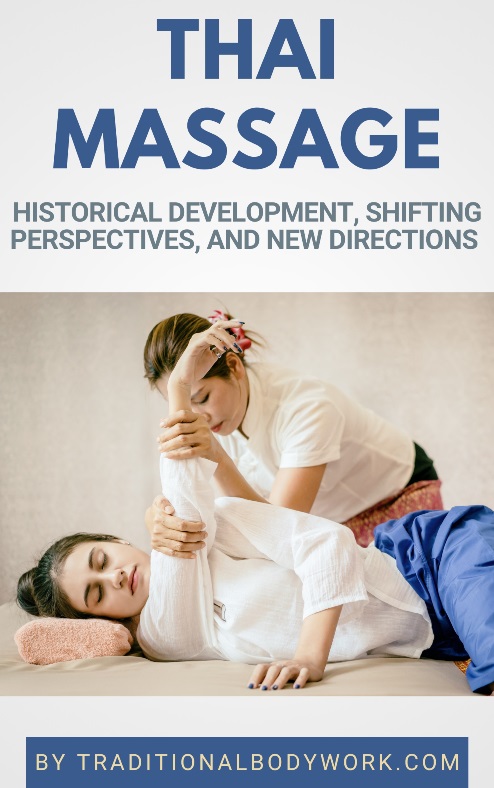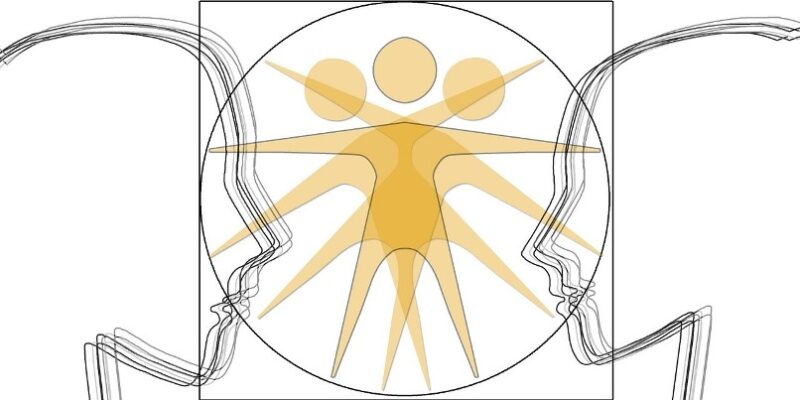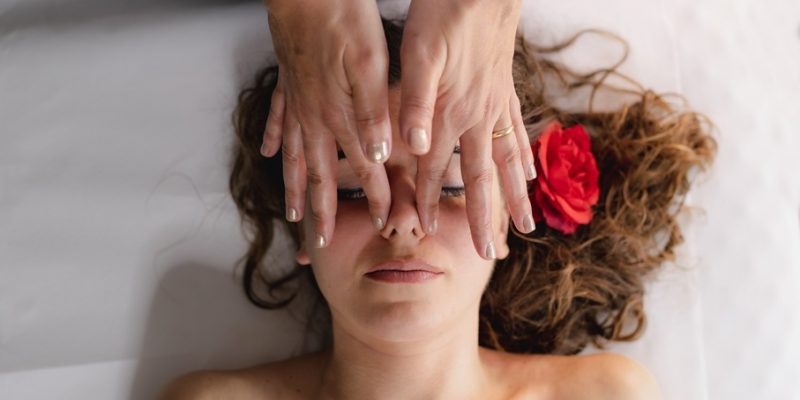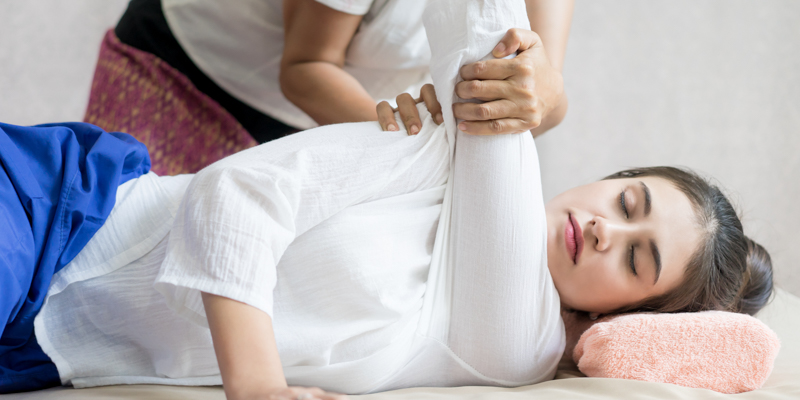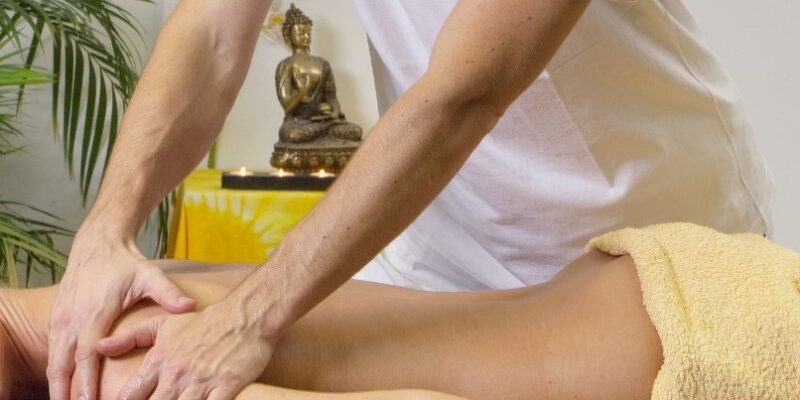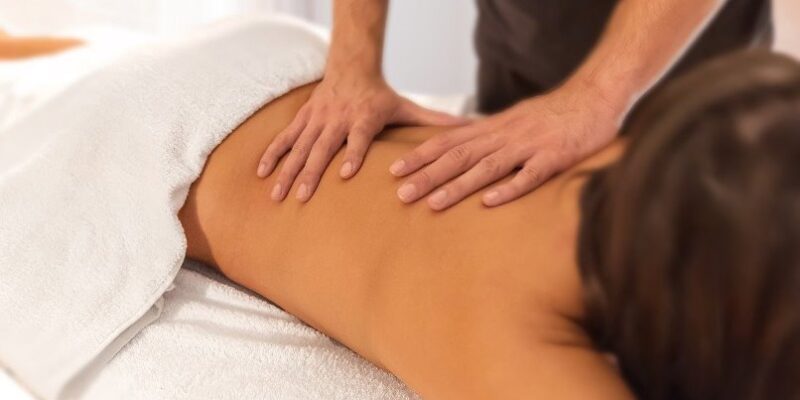
One of the core philosophies of Traditional Massage Therapy is its holistic approach. It means that one doesn’t only look at the actual health complaint (the symptoms), but also take into account that the “real issue” can have a totally other cause (or causes) than the symptoms may let us believe.
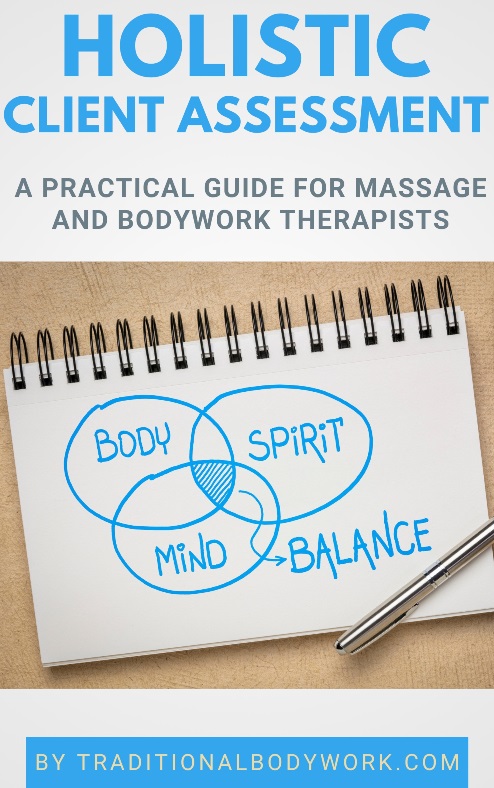
It also means that a human being is seen as an interconnection of body, soul, mind, energy and emotion. All these elements are related and influence each other.
Moreover, external aspects are also taken into account: the environment, the season, climate, geography, work, social life, astrology, excesses and deficiencies, to name just a few of the relevant topics.
A physical, emotional, or spiritual ailment, discomfort or disease is therefore seen as an imbalance of the above mentioned interconnected parts. To cure disease and restore health, the cause of this imbalance must be addressed, and body and mind brought back in balance with certain treatments, exercises, or attitudes (lifestyle changes).
Table of contents:
Holistic Approach
Let me start by giving an example. Say that your client has ongoing pains in the right knee. We could try to “fix” that knee by manipulating it with mobilization, massage, stretches, acupressure, or even refer for a knee-operation, but maybe the real problem is the left ankle. The left ankle? Well yes, it could be!
You see, maybe your client twisted the left ankle two years ago, and during the recovery time leaned heavily on the right leg (to avoid the pains of the left foot and ankle). Leaning more on the right leg simply became a habit out of fear and distrust of using the painful left foot. Finally, that led to too much pressure on the right leg and knee, causing over-straining and right knee problems.
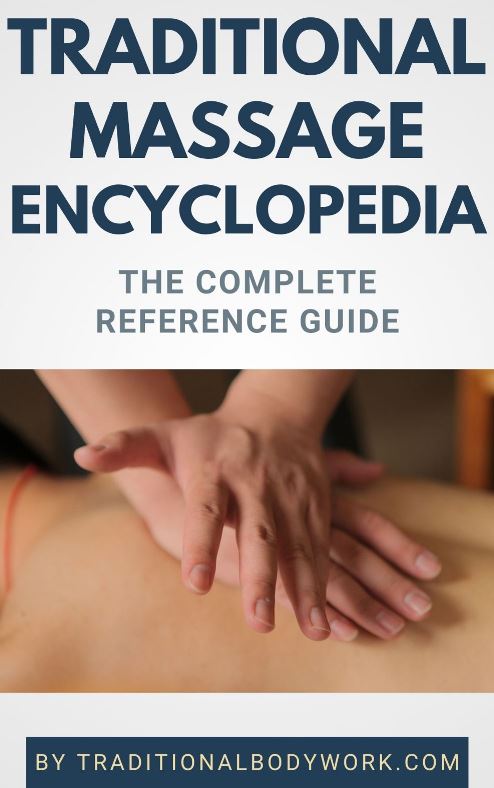
So, now your client comes to you complaining of pains in the right knee but, how do you find out that the actual problem is the thing that happened two years ago with twisting the left ankle? Moreover, the sprained left ankle is probably healed already, long ago.
It means that, if we apply holistic therapy, we should never only look at the actual spot of problems. We need to deeply question, test, and observe our client to try to find out if there’s another underlying related problem causing the symptoms.
Anyway, understanding this is crucial. And to take this a bit further and bring it to a conclusion, we might say that the pains in the right knee have a psychological cause arising from a twisted and sprained left ankle two years ago.
After explaining the underlying cause to our client it’s only a matter of trust to start using the already healed left leg, foot and ankle normally again to resolve the right knee issues. The funny thing however is that leaning normally on the left ankle anew, can cause pain in the beginnings — growth-pains — because the client hasn’t used the left leg as it should for a long time. This is also something a holistic therapist should explain properly.
In any case, our physical massage therapy should address mobilizing, stretching, and strengthening the “unused” left leg, in particular the left foot and ankle. Surely this is a total anomaly for contemporary trained Western physiotherapists because it means ” … treating the left leg and foot to cure the right knee.” Yet, for a holistic massage therapist this treatment scenario is just “very normal.”
Body Language
Notably Asian Traditional Healing systems make a connection between the state i.e. health of body parts (like the internal organs, joints or skin, etc) and emotional i.e. mental and psychological health issues.

For instance, in Traditional Chinese Medicine, health problems with the liver are seen as a sign of (unresolved) anger issues. In this case, especially when a person suppresses anger (and subsequently has occasional violent outbursts of anger) it’s thought that the liver can become inflamed or overly hard with, of course, the subsequent problems attached to that.
Another example are problems with the lungs which are thought to be connected to grief, suffering, or suppressed disappointments, among other things. Physical health issues with the lungs can express themselves in excessive coughing, breathing problems, breathlessness, bronchitis, and asthma.
But also the way we talk, walk, and stand are believed to express certain dispositions of a person. Standing with the legs apart or close together, or crossing the arms in front of the chest while talking (as a means of protection and emotionally closing oneself to others), to name some examples, can tell much about a person.
For a holistic (massage) therapist, body language is crucial to observe and interpret, by that being better able to support clients in healing processes, or simply being able to ask the right questions to come to the focal point of health issues, etc.
Thus, body language works in a two-way direction: physical issues can point to emotional stuff like stress, grief, or anxiety, and emotional problems in their turn can cause physical issues. It’s what nowadays is called psychosomatic disorders, meaning disease or discomforts that involve both mind and body.
Body Talk
In our daily lives, mostly originating from cultural folklore and traditional wisdom, we often use expressions that involve body parts and point to emotional issues. I find them very interesting because someone expressing those tells us something important about him or herself, or about someone else.
Let’s take a look at some examples:
Carrying one’s own cross
Someone saying “I’m carrying my own cross” in sentences like “I carry the cross of my illness” or “I carry the cross of my relationship with my mother” tells us that they are dealing with their own burdens.
Of course, that can go well or … lead to health issues. You see, typically a cross is carried on the shoulders or back, so, it might cause shoulder or back problems (with all related issues stemming from that).
What am I, chopped liver?
This is a rhetorical question used by someone who feels they are being given less attention or consideration than someone else.
Eat one’s heart out
Here the person suffers from excessive longing for someone or something that is unattainable, or it’s used to indicate that one thinks someone else may feel jealousy or regret. Jealousy and envy, by the way, are often thought to be related with the gall bladder and liver.
Turn someone’s stomach
If something turns your stomach or makes your stomach turn, it means that something is so unpleasant or offensive that it makes you feel sick. The stomach or wider seen — the abdominal region — is a boiling pot of emotions, an area that regulates energy flow and distribution throughout the belly, gut and intestines.
Choleric emotions such as anger, hate, rage, frustration and the like that get crystallized here can lead to gastritis, ulcers and other stomach conditions. There’s much more to be said about the pivotal abdominal area, but we’ll leave it to these examples.
Shaking knees
“My knees where shaking before entering the stage,” is a sign of fear, anxiety, or nervousness, and the knees are experienced as to feel weak, trembling or shaking. Here, again, the knees can physically become a problem when fear and anxiety in relation to “performance” become structural issues.
And, of course, when this fear and anxiety is suppressed, as said above in the paragraph Body Language, it can lead to liver problems, but also to kidney problems, just to name examples.
Conclusion
A Holistic Massage Therapist needs to take into account the whole person before coming to treatment solutions.
That is, the whole person as an entity made up of interactive physical, emotional, intellectual/mental, and spiritual “components,” at the same time trying to find out how one specific part of a person influences another part, and combining it with the (medical) history, work/job, activities, lifestyle, relationships, and environment of that person.
It’s not easy at all, and one needs lots of treatment experience, practical and theoretical knowledge, empathy, reading (not only books, but reading persons), logic, intuition, and the like, to be or become an effective holistic therapist.

